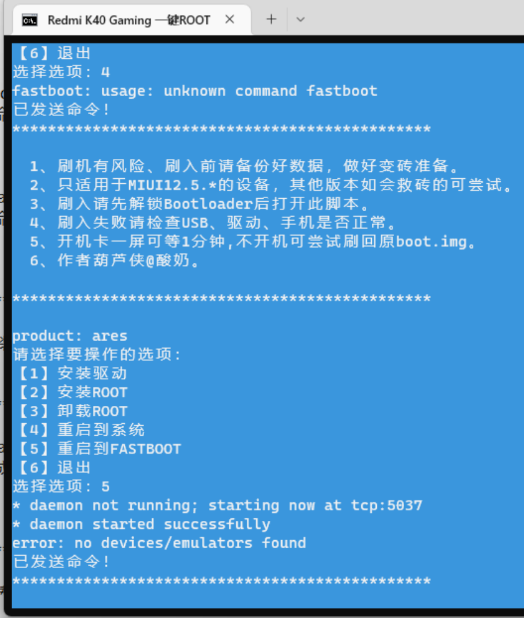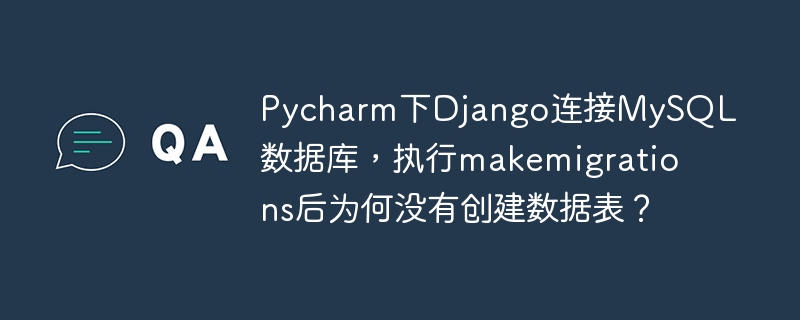
使用Thinkphp6和swoole開發(fā)的rpc服務(wù)實現(xiàn)數(shù)據(jù)同步
隨著互聯(lián)網(wǎng)的發(fā)展,無論是大型企業(yè)還是個人開發(fā)者,都面臨著數(shù)據(jù)同步的需求。數(shù)據(jù)同步是指將多個系統(tǒng)之間的數(shù)據(jù)保持一致,確保數(shù)據(jù)的準(zhǔn)確性和完整性。在傳統(tǒng)的數(shù)據(jù)同步方式中,常常使用數(shù)據(jù)庫復(fù)制、etl工具等方式來實現(xiàn)。然而,這些方式在面對大數(shù)據(jù)量和高并發(fā)等場景時,常常效率低下,存在各種問題。
近年來,RPC(Remote Procedure Call)遠(yuǎn)程過程調(diào)用技術(shù)逐漸流行起來。RPC是一種通過網(wǎng)絡(luò)或者進(jìn)程間通信的方式,實現(xiàn)不同系統(tǒng)之間的調(diào)用和通訊。使用RPC技術(shù),我們可以輕松地實現(xiàn)不同系統(tǒng)之間的數(shù)據(jù)同步。
在本篇文章中,我們將介紹如何使用thinkphp6和Swoole框架來開發(fā)一個基于RPC的數(shù)據(jù)同步服務(wù)。ThinkPHP6是一個快速、靈活的PHP開發(fā)框架,而Swoole是一個基于PHP擴(kuò)展的高性能網(wǎng)絡(luò)通信引擎。
立即學(xué)習(xí)“PHP免費學(xué)習(xí)筆記(深入)”;
第一步,我們需要安裝ThinkPHP6和Swoole框架。通過composer命令可以簡單地安裝這兩個框架:
composer require topthink/think swoole
安裝完成后,我們可以創(chuàng)建一個新的ThinkPHP6項目:
think new rpc-sync
接下來,我們需要在項目中引入Swoole的支持。在項目根目錄的composer.json文件中,加入如下內(nèi)容:
"swoole/ide-helper": "*"
然后執(zhí)行composer update命令,安裝Swoole的IDE Helper。
接下來,我們需要創(chuàng)建一個RPC服務(wù)端。在項目的app/rpc目錄下,創(chuàng)建一個Server目錄,并在該目錄下創(chuàng)建RpcServer.php文件,示例代碼如下:
<?php namespace apppcServer; use SwooleServer; use SwooleProcess; use thinkswooleRpcServer; use thinkswoolepcPack; class RpcServer { protected $server; public function __construct() { $this->server = new Server('0.0.0.0', 9501, SWOOLE_PROCESS, SWOOLE_SOCK_TCP); $this->server->set(['worker_num' => 4]); $this->server->on('start', [$this, 'onStart']); $this->server->on('receive', [$this, 'onReceive']); // 注冊RPC服務(wù) RpcServer::getInstance() ->setPackFormat([Pack::class, 'pack'], [Pack::class, 'unpack']) ->registerServer($this->server); // 注冊自定義RPC方法 RpcServer::getInstance()->registerService('syncData', [new SyncDataService(), 'syncData']); } public function onStart(Server $server) { Process::daemon(); } public function onReceive(Server $server, $fd, $from_id, $data) { RpcServer::getInstance()->onReceive($server, $fd, $from_id, $data); } public function start() { $this->server->start(); } }
上述代碼中,我們創(chuàng)建了一個RpcServer類,并在構(gòu)造函數(shù)中實例化了一個Swoole的Server對象,在該對象的各個事件中,注冊了對應(yīng)的回調(diào)函數(shù)。
其中,registerServer方法用于將Swoole Server注冊到RPC服務(wù)中。registerService方法用于注冊自定義的RPC服務(wù)方法,這里我們注冊了一個名為syncData的方法,具體實現(xiàn)在SyncDataService.php中。
接下來,我們需要創(chuàng)建一個RPC客戶端。在項目的app/rpc目錄下,創(chuàng)建一個Client目錄,并在該目錄下創(chuàng)建RpcClient.php文件,示例代碼如下:
<?php namespace apppcClient; use thinkswoolepcClient; class RpcClient { protected $client; public function __construct() { $this->client = Client::getInstance(); } public function getClient() { return $this->client; } public function syncData($data) { return $this->client->call('syncData', $data); } }
在上述代碼中,我們創(chuàng)建了一個RpcClient類,并在構(gòu)造函數(shù)中實例化了一個RPC客戶端對象。在syncData方法中,我們調(diào)用了遠(yuǎn)程的syncData方法。
最后,我們可以在項目的入口文件index.php中,實例化RpcServer和RpcClient類,并使用RpcClient類進(jìn)行數(shù)據(jù)同步的調(diào)用,示例如下:
<?php use apppcServerRpcServer; use apppcClientRpcClient; require __DIR__ . '/../vendor/autoload.php'; $server = new RpcServer(); $server->start(); $client = new RpcClient(); $result = $client->syncData($data);
通過以上步驟,我們就實現(xiàn)了一個基于ThinkPHP6和Swoole的RPC服務(wù),可以方便地實現(xiàn)數(shù)據(jù)同步的需求。
總結(jié):
本文介紹了如何使用ThinkPHP6和Swoole框架開發(fā)一個基于RPC的數(shù)據(jù)同步服務(wù)。通過RPC技術(shù),我們可以實現(xiàn)不同系統(tǒng)之間的數(shù)據(jù)同步。在具體實現(xiàn)中,我們利用Swoole提供的服務(wù)器和客戶端組件,封裝了RPC調(diào)用的功能,并使用ThinkPHP6提供的框架支持,簡化了開發(fā)流程。
在實際項目中,我們可以根據(jù)具體業(yè)務(wù)需求,擴(kuò)展和定制RPC服務(wù)的功能。同時,也可以利用Swoole框架的高性能特性,優(yōu)化系統(tǒng)的性能和并發(fā)能力。希望本文對您進(jìn)行數(shù)據(jù)同步的開發(fā)工作有所幫助。


















.png)
